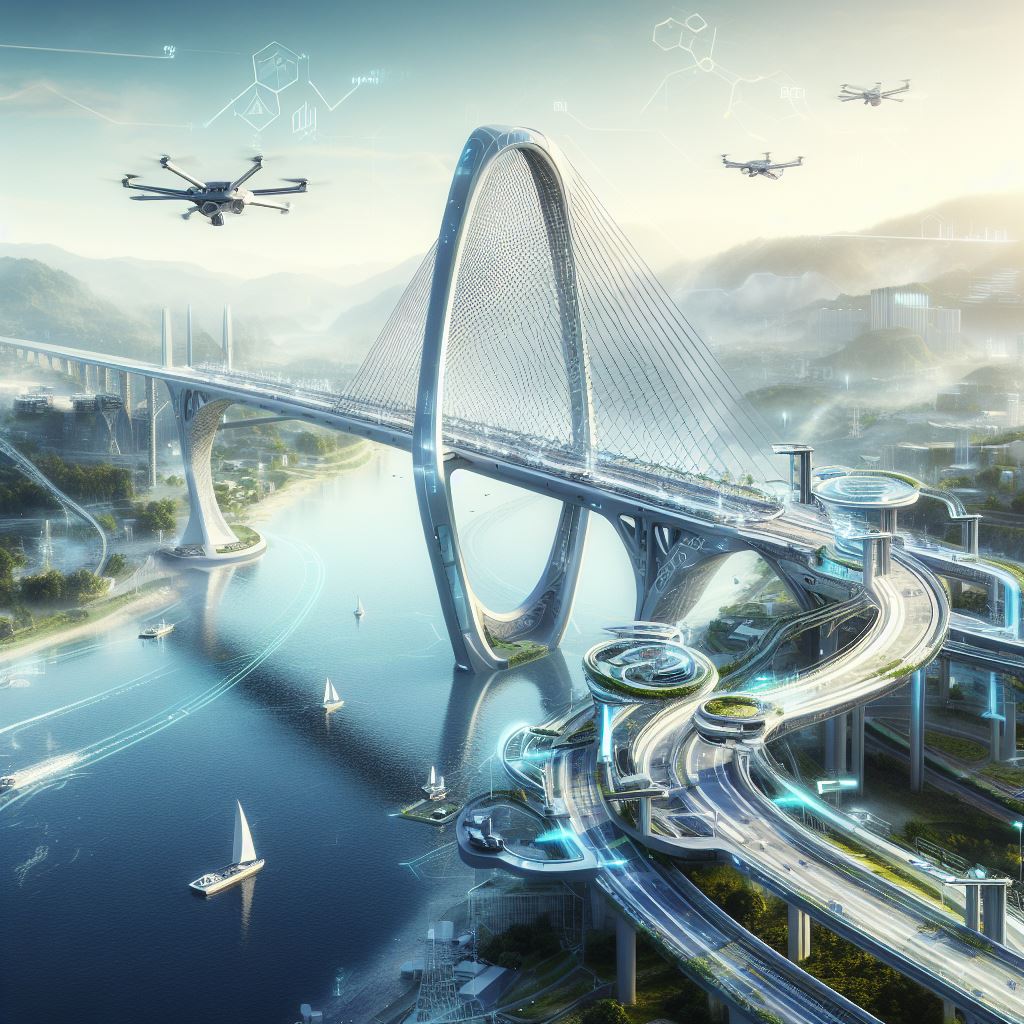
Innovations in Modern Bridge Design & Construction
Bridges have long stood as testaments to human ingenuity, connecting lands and facilitating commerce, communication, and transportation. As we move forward into the 21st century, the demands on bridge design and construction have evolved, necessitating innovations that prioritize sustainability, safety, and technology. This article delves deep into the advancements shaping the future of bridge architecture.
Historical Context of Bridge Design and its Evolution
Bridges have been an integral part of human civilization for millennia. From the simple log bridges of ancient times to the grand aqueducts of the Roman Empire, the essence of bridge engineering has always been to overcome natural barriers.
Quote: "The bridge is a symbol of man's desire to conquer nature, to connect, and to communicate." - Anonymous
Traditional Bridge Construction Materials and Methods
Historically, bridges were constructed using materials readily available in the environment:
- Stone: Durable and robust, stone bridges like the Pont du Gard in France have stood for centuries.
- Wood: While less durable than stone, wood was abundant and used extensively, especially in regions with vast forests.
- Iron and Steel: With the advent of the industrial revolution, iron and later steel bridges, such as the iconic Eiffel Tower, became prevalent.
Sustainable Materials in Modern Bridge Design
In the face of climate change and environmental degradation, the emphasis has shifted towards sustainable and eco-friendly materials in bridge design.
- Recycled Steel: Reduces the carbon footprint by reusing existing materials.
- Composite Materials: Lightweight and durable, they offer a longer lifespan with less maintenance.
- Eco-Concrete: Made using waste materials, it reduces the environmental impact of bridge construction.
Example: The Living Root Bridges in India, made from the aerial roots of rubber fig trees, are a testament to sustainable bridge construction, blending seamlessly with the environment.
Techniques and Technologies for Earthquake-Resistant Bridge Designs
Earthquake resistance is crucial in regions prone to seismic activity. Modern techniques in bridge construction have incorporated:
- Base Isolators: These act as shock absorbers, allowing the bridge to move independently of the ground motion.
- Shear Links: Designed to absorb energy and prevent the bridge from collapsing.
- Retrofitting: Strengthening older bridges to withstand earthquakes.
Case Study: The Akashi KaikyÅ Bridge in Japan, the world's longest suspension bridge, was under construction when the Kobe earthquake struck in 1995. It survived due to its advanced earthquake-resistant features.
Innovations in Bridge Aerodynamics
Wind forces can induce oscillations in bridges, leading to potential failures. Advancements in bridge aerodynamics include:
- Wind Tunnels: Used to test bridge models and understand how they'll react to strong winds.
- Tuned Mass Dampers: These counteract wind forces and prevent oscillations.
- Aerodynamic Shaping: Designing the bridge's structure to reduce wind resistance.
Smart Bridge Technologies for Monitoring and Maintenance
The integration of technology, especially IoT, has revolutionized bridge monitoring and maintenance.
- Sensors: Embedded within the bridge, they monitor stress, strain, and movement.
- Drones: Used for visual inspections, especially in hard-to-reach areas.
- Predictive Maintenance: Using data analytics to predict and address potential issues before they become critical.
Example: The Golden Gate Bridge in San Francisco employs a range of smart technologies, ensuring its longevity and safety.
Iconic Modern Bridges Showcasing Innovations
- The Millau Viaduct, France: The world's tallest bridge, it incorporates advanced aerodynamics and materials.
- The Queensferry Crossing, Scotland: Features state-of-the-art wind shielding and is built with a life expectancy of 120 years.
- The Hangzhou Bay Bridge, China: Equipped with over 2,000 sensors, it's a prime example of a smart bridge.
Conclusion
Bridges are more than just structures; they are symbols of progress, innovation, and human achievement. As we continue to push the boundaries of bridge engineering, we not only ensure safer and more efficient transportation but also pave the way for a sustainable and interconnected future.
Quote: "A bridge is not just built with bricks and mortar, but with hopes, dreams, and the indomitable human spirit." - Anonymous
For the civil engineers, architecture students, infrastructure developers, urban planners, and the general public interested in engineering and design, the future of bridge construction promises to be as awe-inspiring as its rich history.
Engineering Topics Civil Engineering




